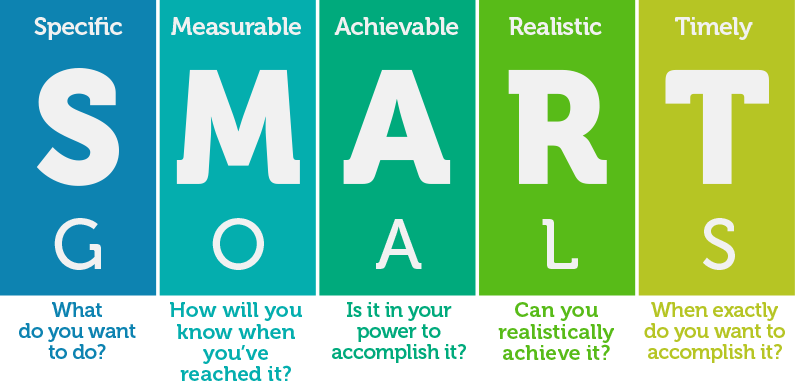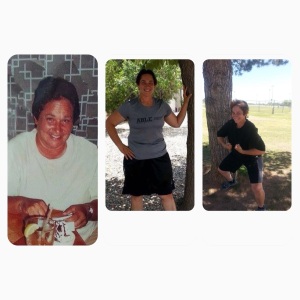
Everyone has goals they want to achieve and New Year’s Eve always seems to be the time everybody gets brave enough to say them out loud. Skipping ahead past my rant about the fact that goals can always be set and adjusted no matter what day it is, let me help guide some of your goal writing for 2018.
Goals for the New Year do not need to be fitness and diet related. I do like the idea of keeping intentions positive and of course if they benefit your health that’s an added bonus. Also, try thinking positively about what you actually want TO do rather than what you don’t want to do. Instead of focusing on limiting red meat, think about incorporating more plant based protein or lean protein from chicken, turkey, fish. This is just an example but you see where I’m going here. New Year, New Goals, Positive Vibes.
If your goals are SMART, you’ll have a much better chance at successfully writing them down, forming them into something you can look at every day, and you’ll know exactly when you’ve reached them.
Rather than a vague promise to yourself to workout more this year, it’s important to decide how much exactly is “more”, how often you’ll be doing this, and is there a bigger goal to be achieved such as completing a certain number of hours of exercise, learning a new skill such as mountain biking, being able to hold a plank on your forearms and toes for a minute, etc. The same goes for nutrition goals. If we simply say we want to eat better- what exactly does “better” mean? Do you win if you eat half a large pizza versus a whole one?
The goals are yours and not for anyone to judge, give an opinion on, or try and adjust. These need to be specific to you and what you’re looking to accomplish.
Say you’re trying to cook more meals at home instead of eating out. So say that more specifically and you’ve got yourself something to aim for. How about this- This year I am going to limit eating out by cooking dinner at least twice a week and bringing my lunch from home to work at least once a week until the end of 2018. Now we know exactly what we’re aiming to do (cook our own meals and pack a lunch) and it is measurable (we’re cooking twice per week and packing a lunch from home once per week). It is attainable because we have the skills to prepare at least a couple of meals and it is realistic in that we’re only aiming to cook twice out of seven days and pack a lunch once out of five days. We’re not aiming for perfection and not allowing ourselves to eat out again, ever. It is timely. We are doing it this year and it is a realistic enough goal to set for a long period of time. Chances are it will become routine and we can start cooking more and packing more lunches. If not, cooking twice a week is still manageable.
Try this for yourself and see what happens when you formulate a goal that you feel good about. Then make it pretty, hang it where you’ll see it everyday, and go achieve it!



